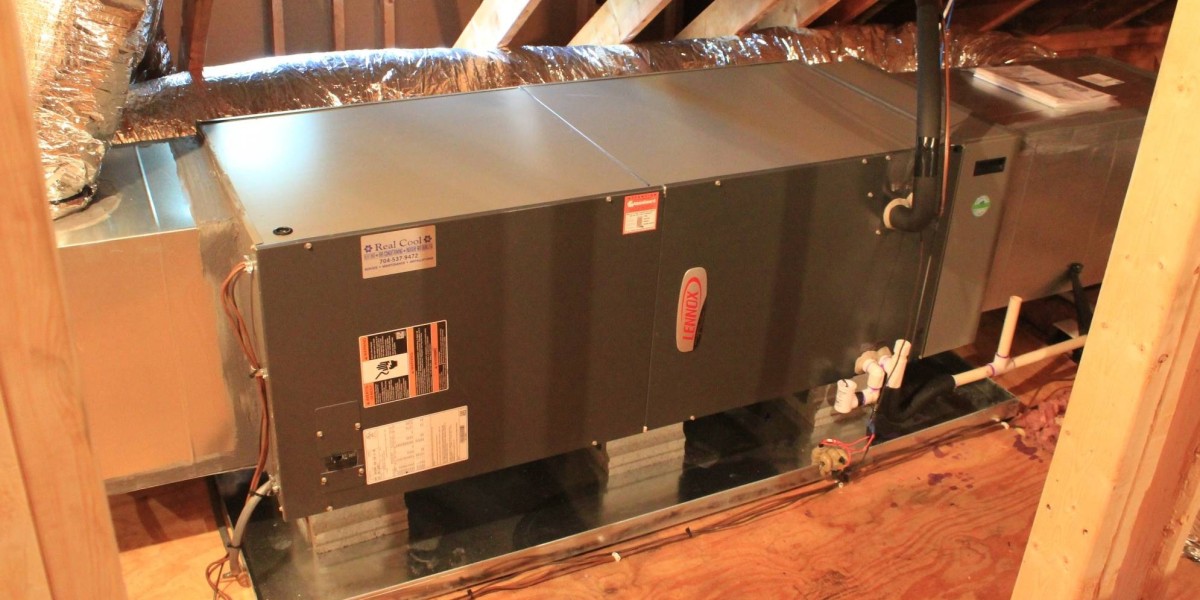When installing an air heat pump, there are a lot of things that must be taken into account. It’s important to understand the process from start to finish to ensure you’re getting the most out of your new system.
Heat pumps are becoming more popular in homes as they become more efficient and affordable to operate. They’re also a great way to lower your energy bills and carbon footprint by using the power of the sun to heat your home or business during colder months and cooling it down during warmer summer months.
But it can be difficult to know what to look for in a quality installer or system. There are a lot of different options out there, from local businesses to national franchises, and the range of prices can be huge. In addition, the heat pump industry can feel like the Wild West, as some pros we spoke to have put it. Many installers are jumping in without any experience or education on the technology, and the quality can vary greatly.
That’s why it’s essential to choose an experienced installer. They’ll be able to provide you with the best options and advice, making sure your system is perfectly matched to your house and the services you want to use it for. They’ll also be able to help you navigate the sometimes tricky tradeoffs that can come with choosing a heat pump, such as whether to get a ducted or ductless system, or what SEER and HSPF ratings will work best for your household needs.
Before installation begins, your contractor will usually send out a representative to visit your property. They may be called a comfort consultant or salesperson, and their job is to figure out what type of system will best suit your needs. They’ll take measurements and answer questions, including what kind of heating you need and how often. They’ll also consider whether you’ll keep your backup furnace or if you’re interested in a dual-fuel system.
Once the consultation is complete, your technician will order the necessary parts and equipment for the project. They’ll usually require a deposit at this point, and it’s a good idea to inquire about financing as well. Many installers offer payment plans, and a number of utility companies have low- or zero-interest programs for heat pumps.
When the components arrive, your contractor will set up the outdoor unit on a stand or elevated platform. They’ll then connect the refrigerant piping that transports hot and cold refrigerant from the outdoor to indoor units, as well as the drain pipes that remove condensation. The ductwork will also be installed, if applicable.
Finally, your installer will make any necessary adjustments and testing to ensure everything is working properly before they leave. This is an important step, as a system that doesn’t match your home’s unique requirements will likely be less effective and efficient than it could be. A professional installer will be able to guide you through the entire process, and make sure your system is running optimally for years to come.


